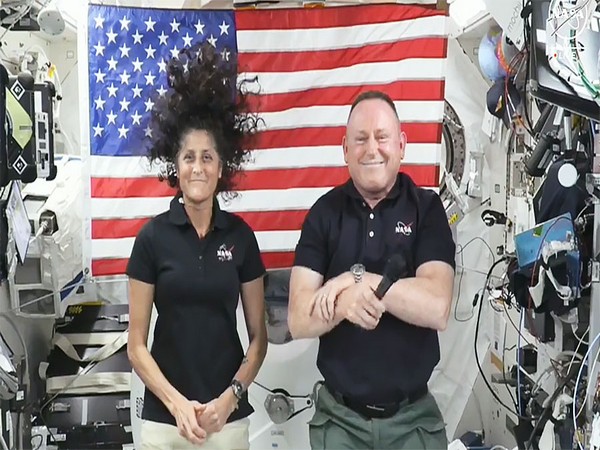The National Aeronautics and Space Administration (NASA) has said that it is “too risky” to bring astronauts Butch Wilmore and Sunita Williams back to Earth at this time, leading to the decision that Boeing’s Starliner capsule will return without them.
Wilmore and Williams will continue their work as part of the Expedition 71/72 crew and are now scheduled to return in February 2025. This means that what was initially intended to be a week-long test flight will extend to around eight months.
“Wilmore and Williams will continue their work as part of the Expedition 71/72 crew through February 2025. They will return home aboard a Dragon spacecraft with two other crew members assigned to the agency’s SpaceX Crew-9 mission. Starliner is expected to depart from the space station and make a safe, controlled autonomous re-entry and landing in early September,” NASA said in a statement.
The uncrewed return of the capsule will allow NASA and Boeing to continue gathering testing data on the Starliner during its upcoming flight home, while minimizing unnecessary risk to the crew.
Wilmore and Williams, who arrived at the International Space Station in June aboard NASA’s Boeing Crew Flight Test, have been supporting station research, maintenance, and Starliner system testing and data analysis, among other activities.
NASA Administrator Bill Nelson emphasized that spaceflight is inherently “risky” and that the decision to keep the two astronauts in space and return the Starliner uncrewed reflects NASA’s “commitment to safety.”
“Spaceflight is risky, even at its safest and most routine. A test flight, by nature, is neither safe nor routine. The decision to keep Butch and Sunita aboard the International Space Station and bring Boeing’s Starliner home uncrewed is the result of our commitment to safety: our core value and our North Star,” Nelson said. “I’m grateful to both the NASA and Boeing teams for all their incredible and detailed work.”
NASA and Boeing identified helium leaks and experienced issues with the spacecraft’s reaction control thrusters on June 6, as Starliner approached the space station, according to the agency. Since then, engineering teams have completed a significant amount of work, including data review, flight and ground testing, hosting independent reviews with agency propulsion experts, and developing various return contingency plans.
The uncertainty and lack of expert concurrence did not meet the agency’s safety and performance requirements for human spaceflight, leading NASA leadership to move the astronauts to the Crew-9 mission




















